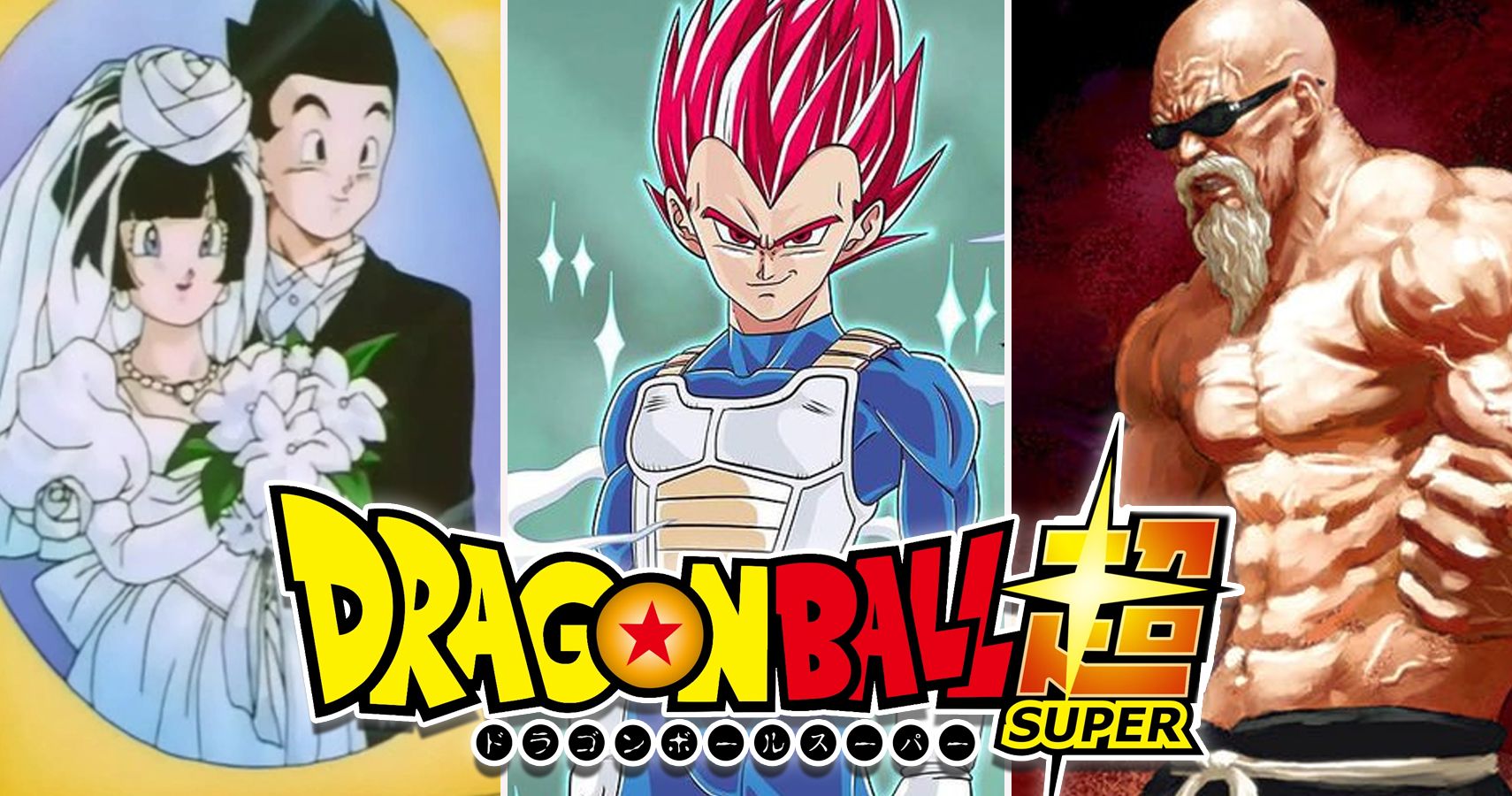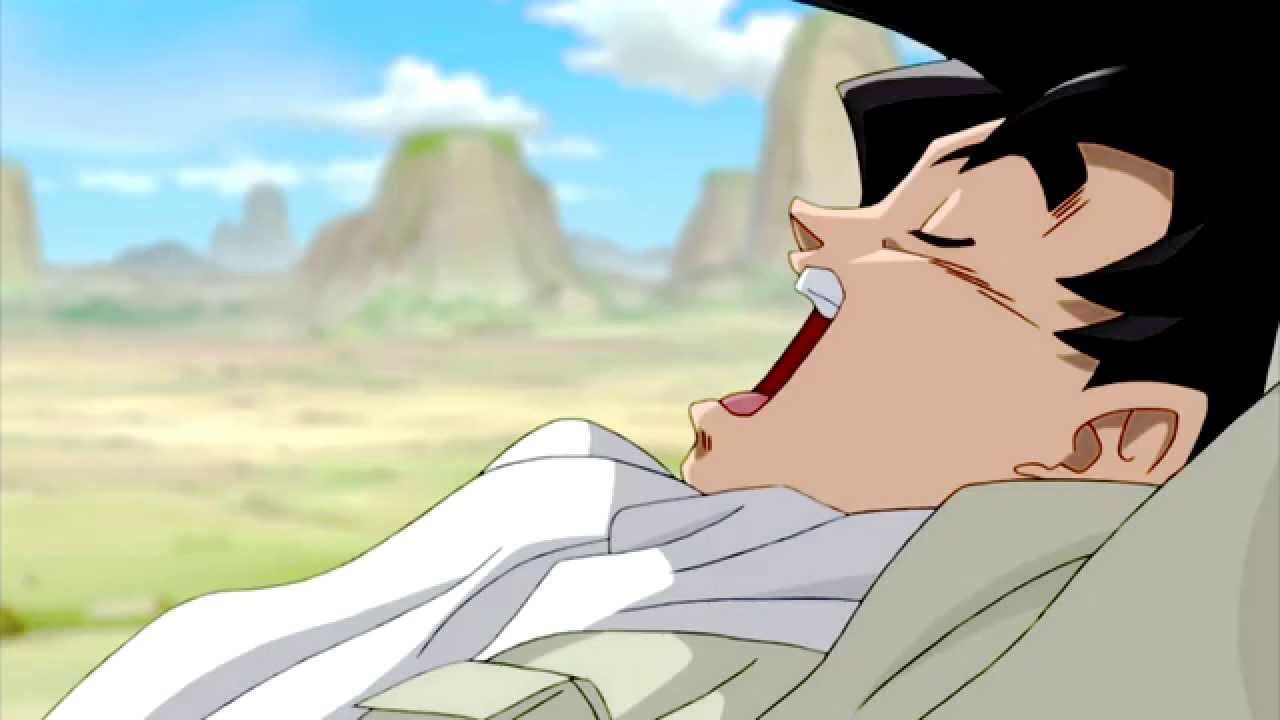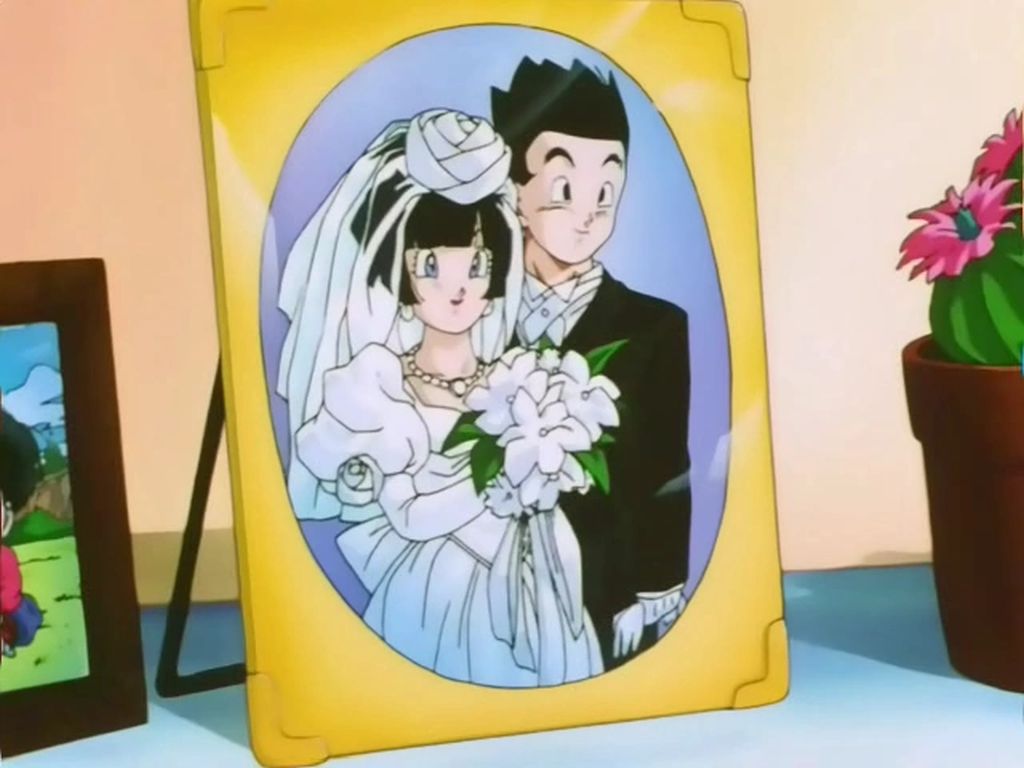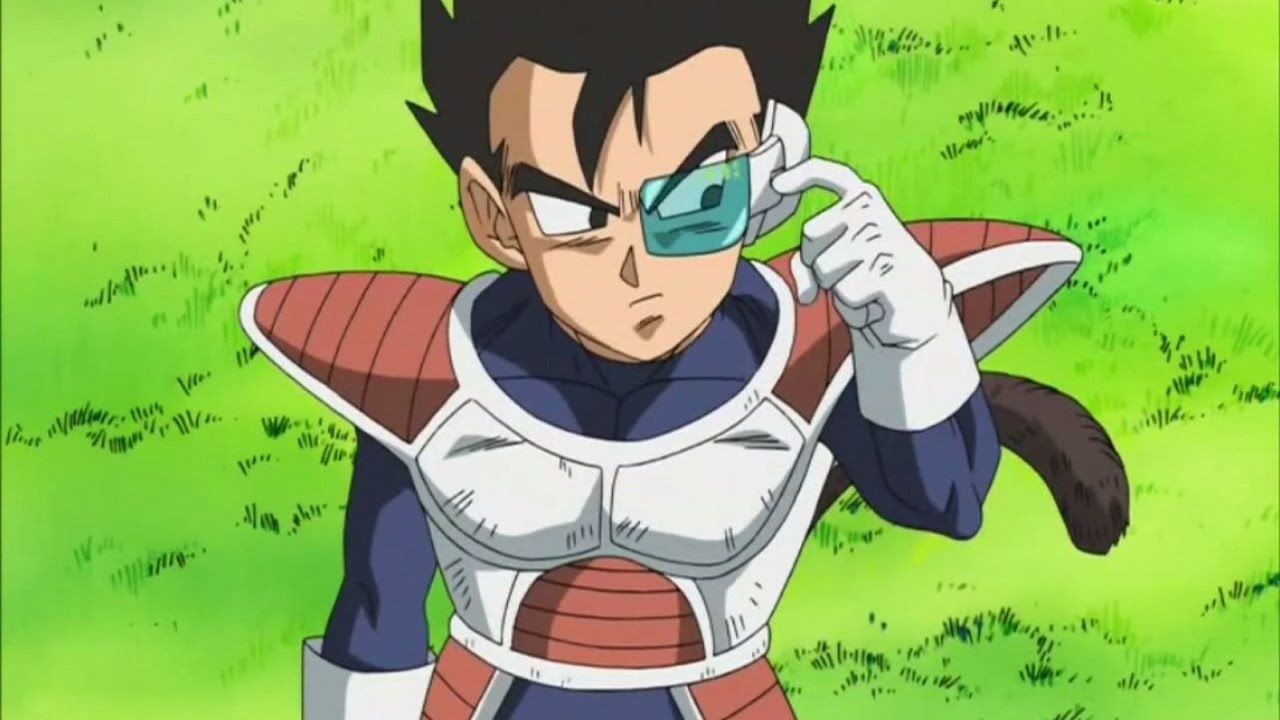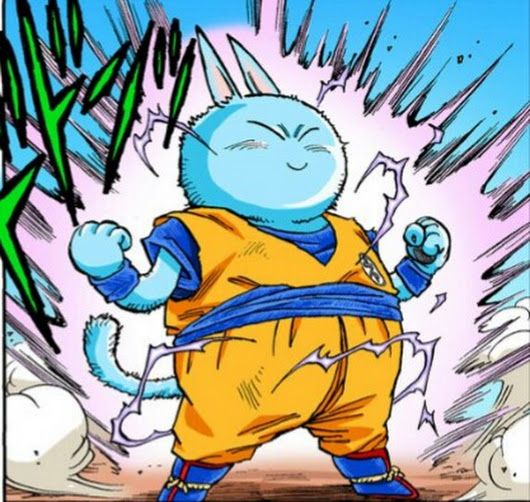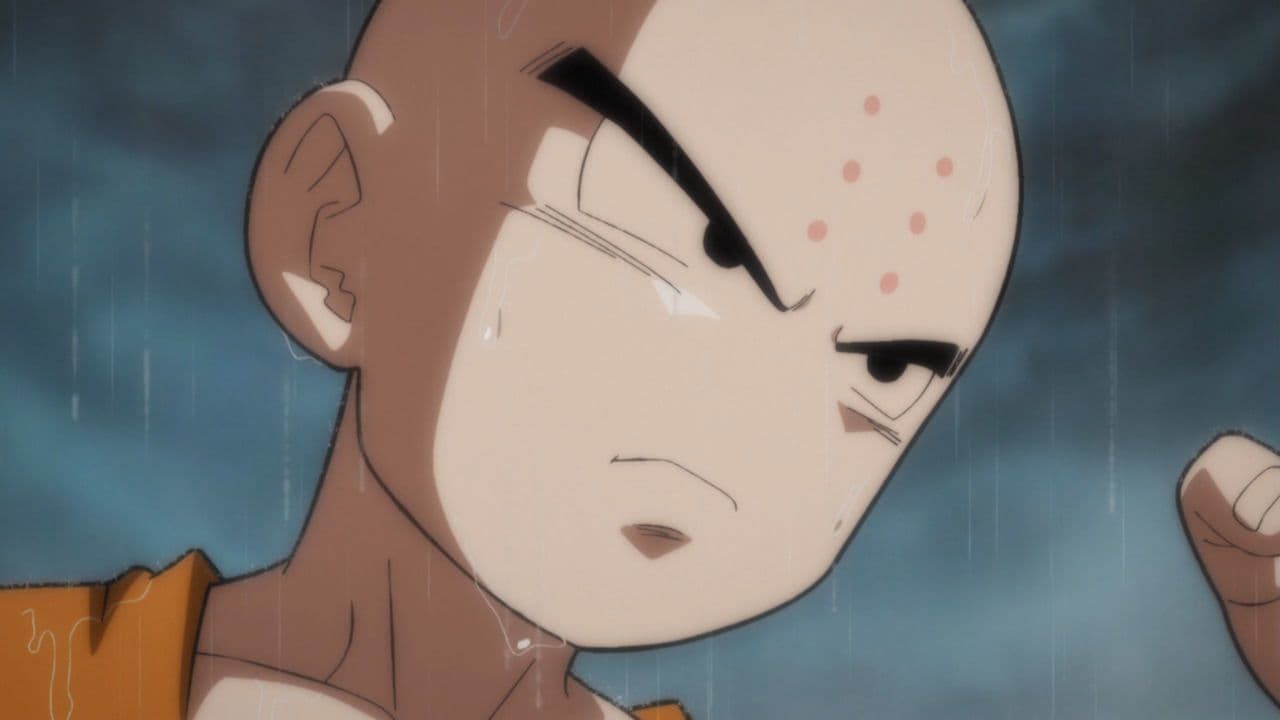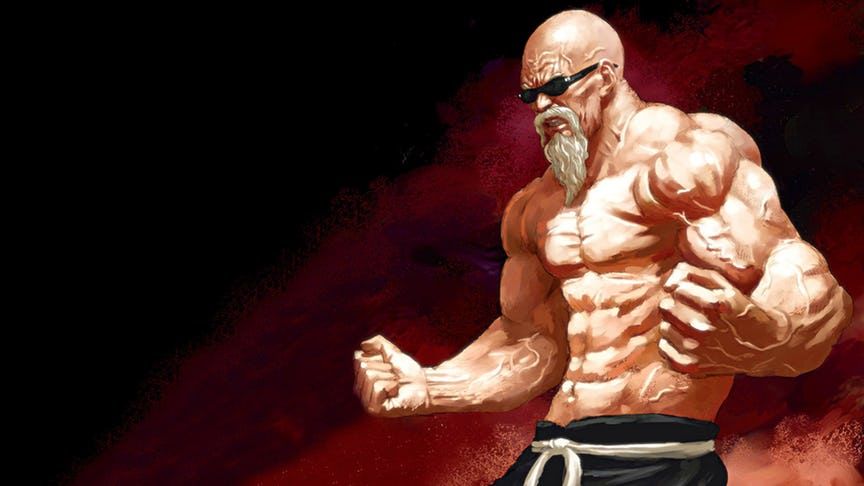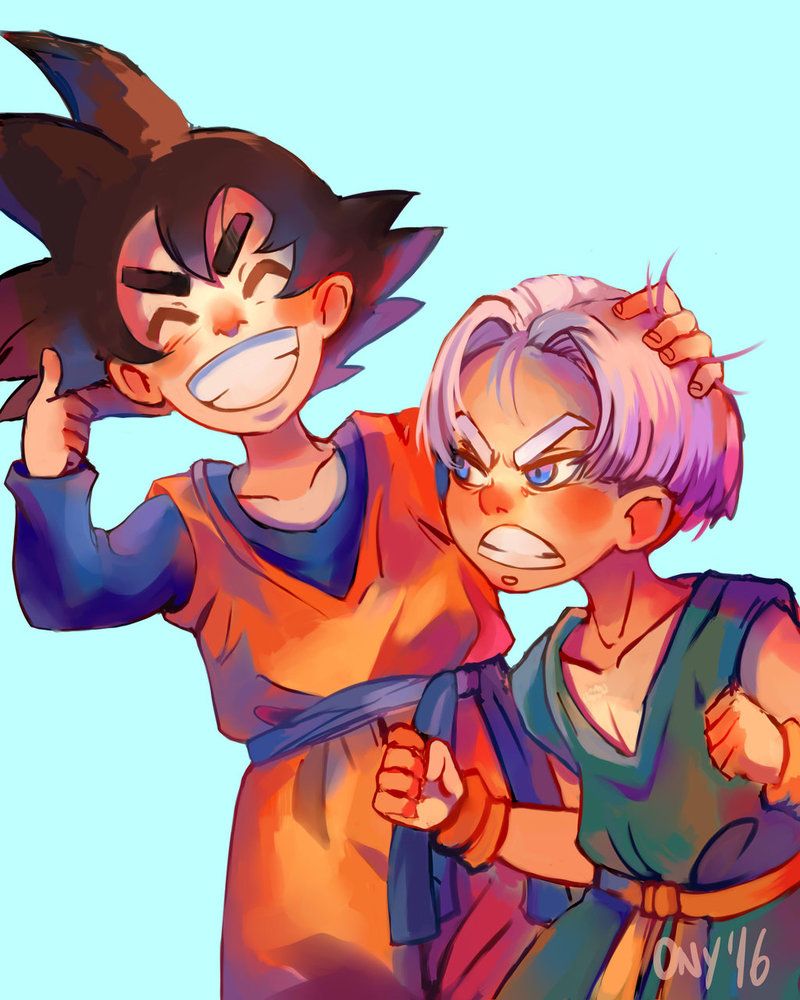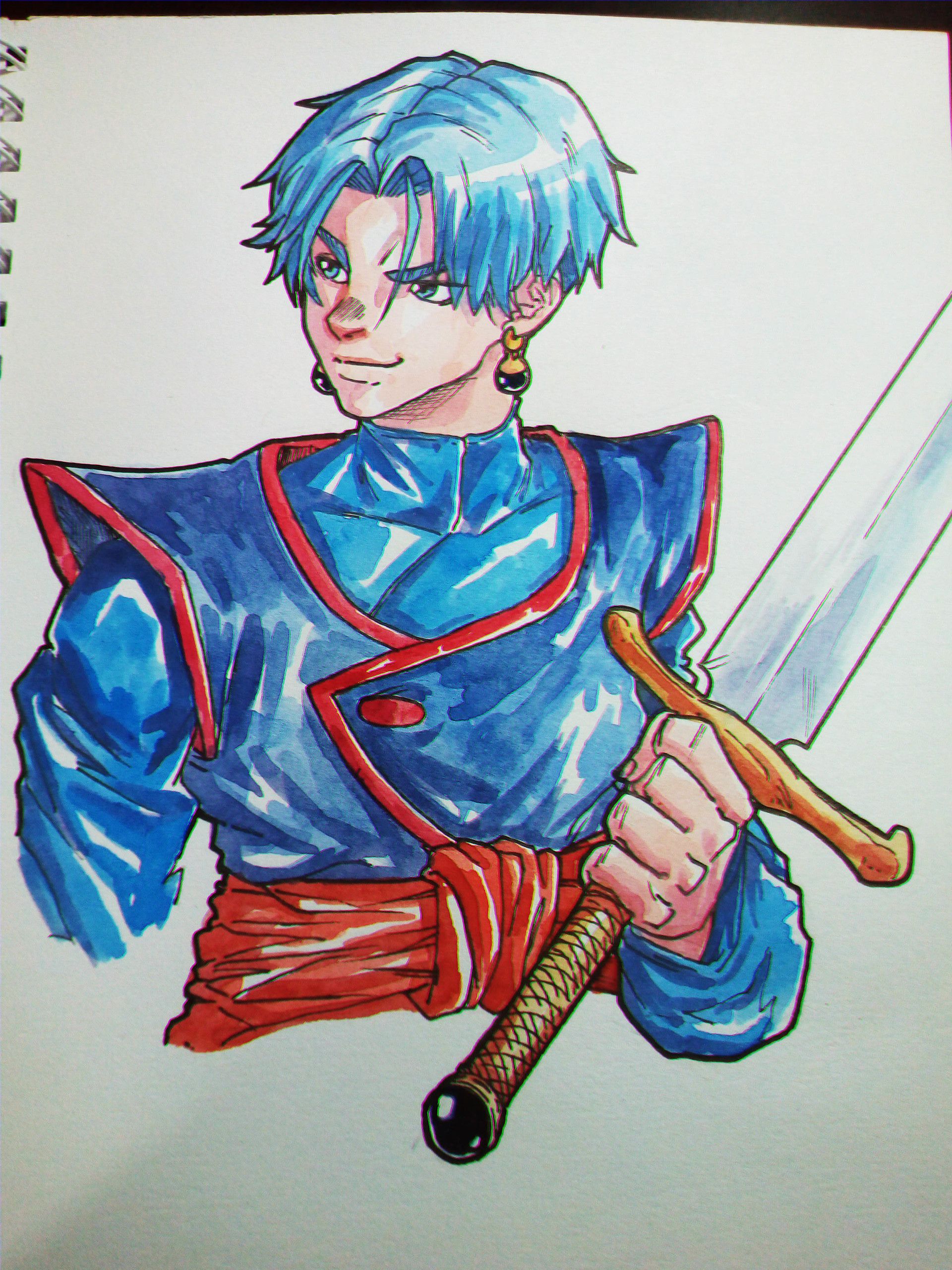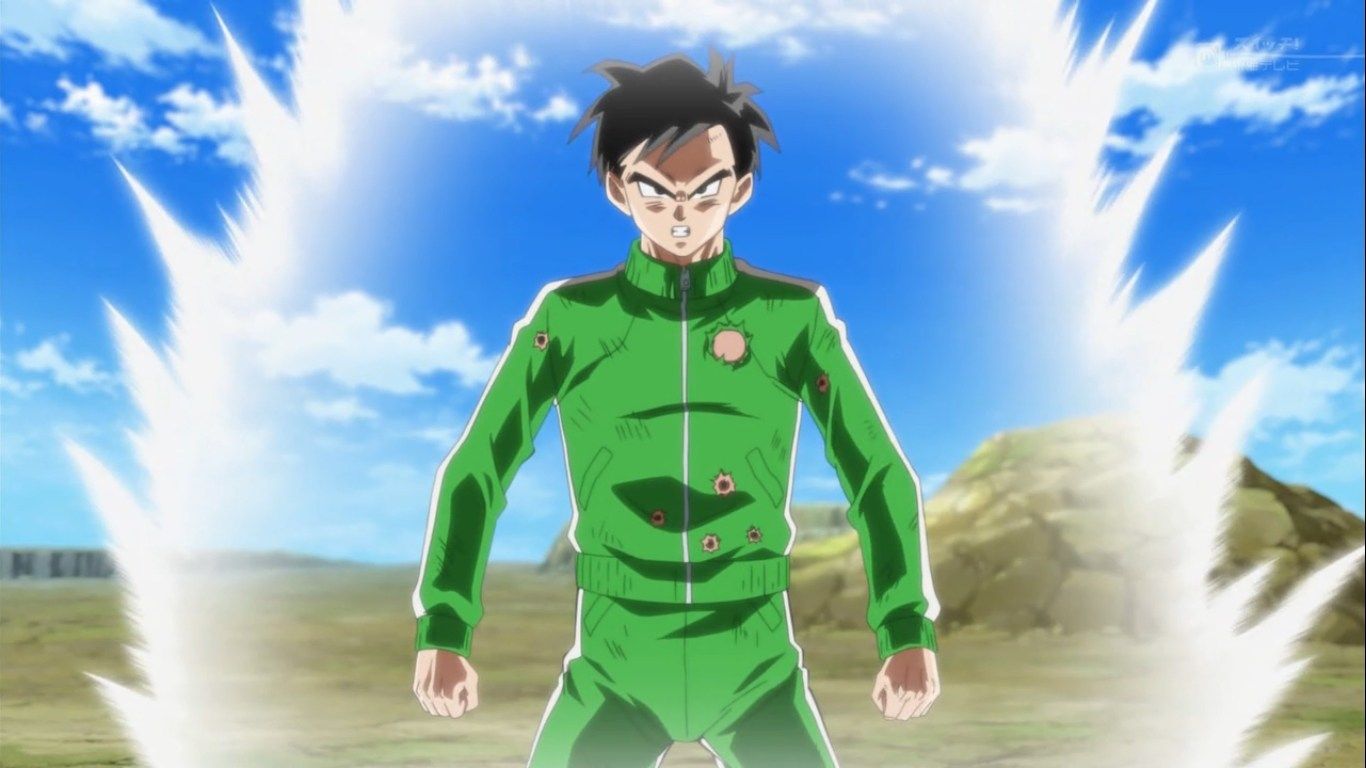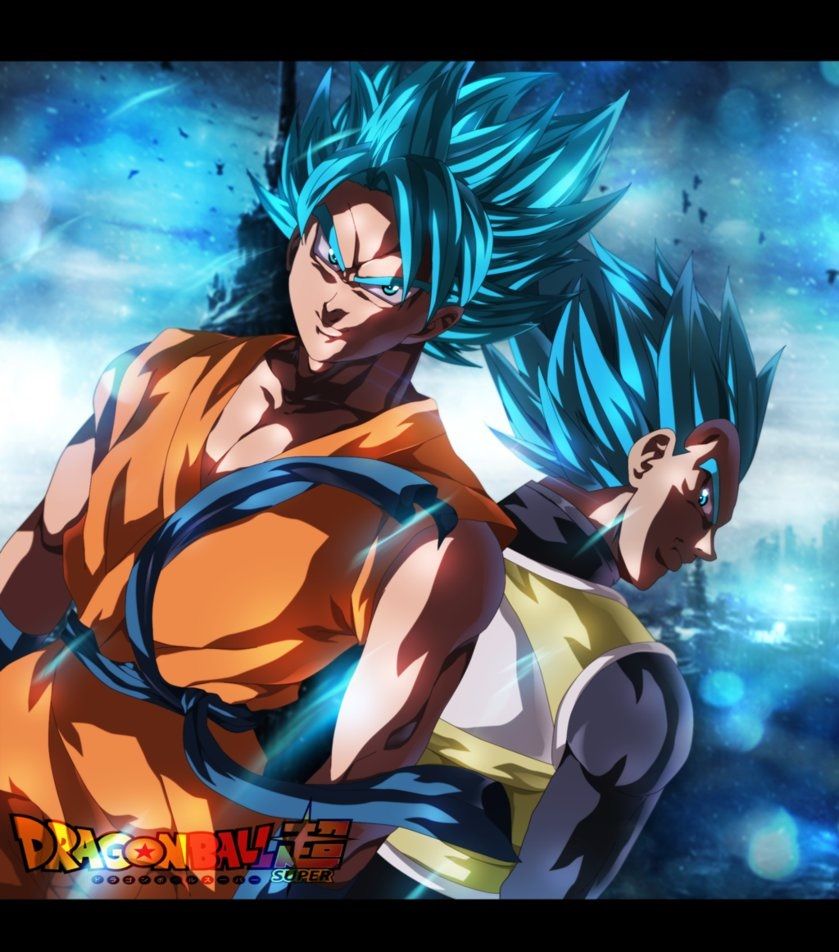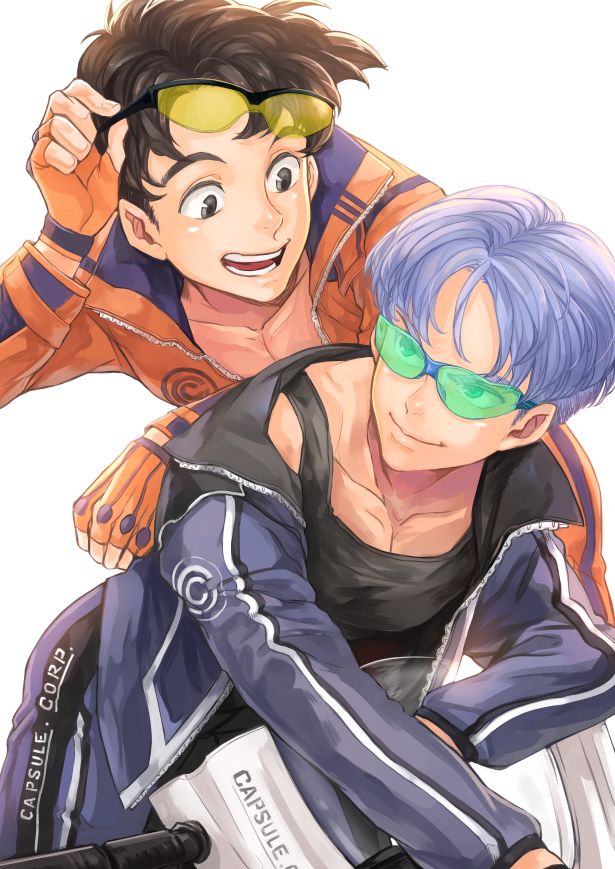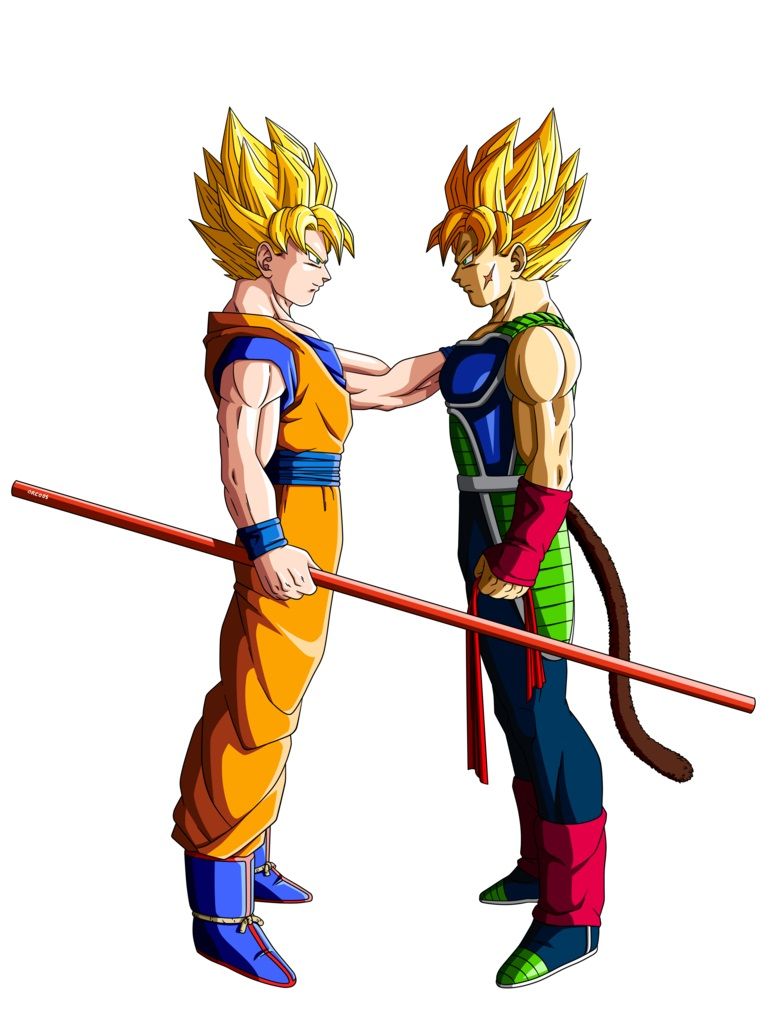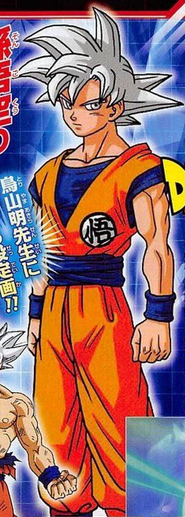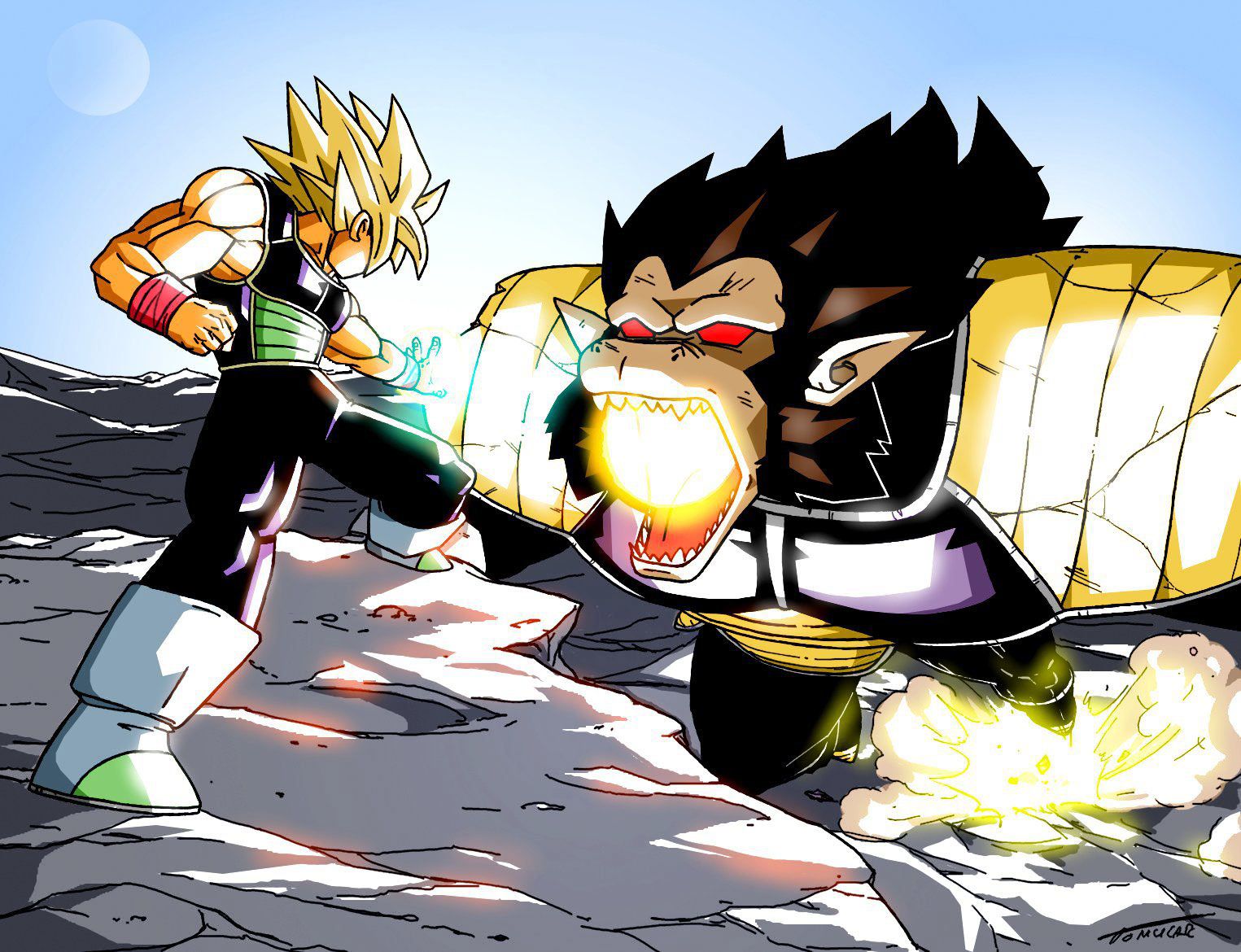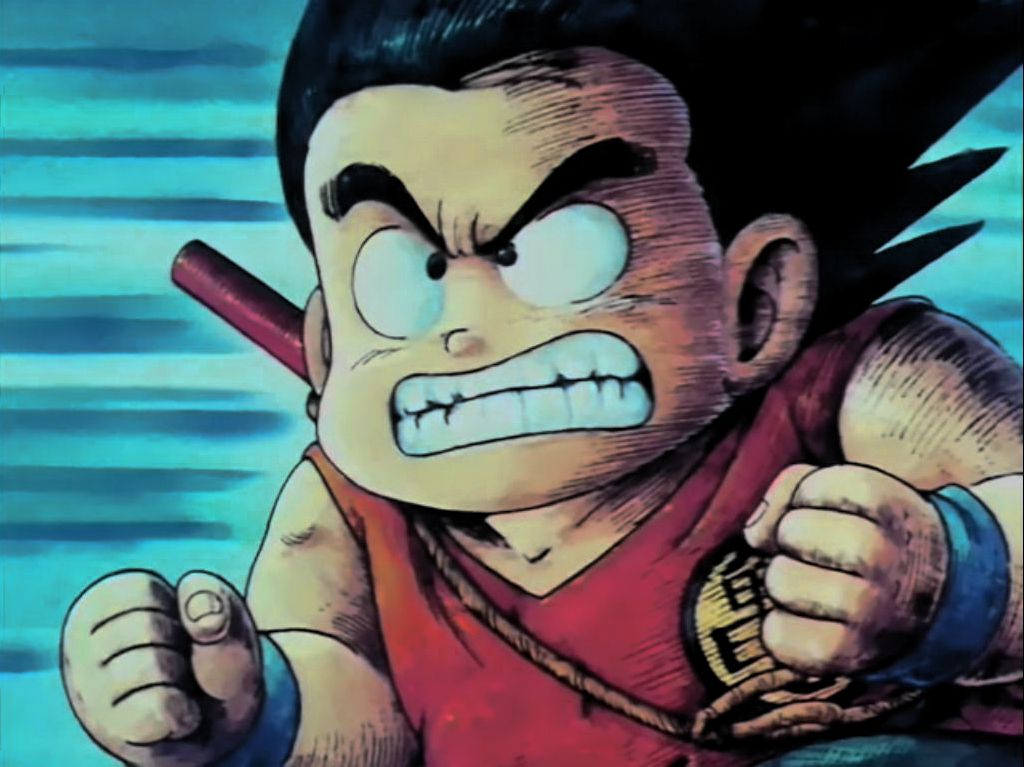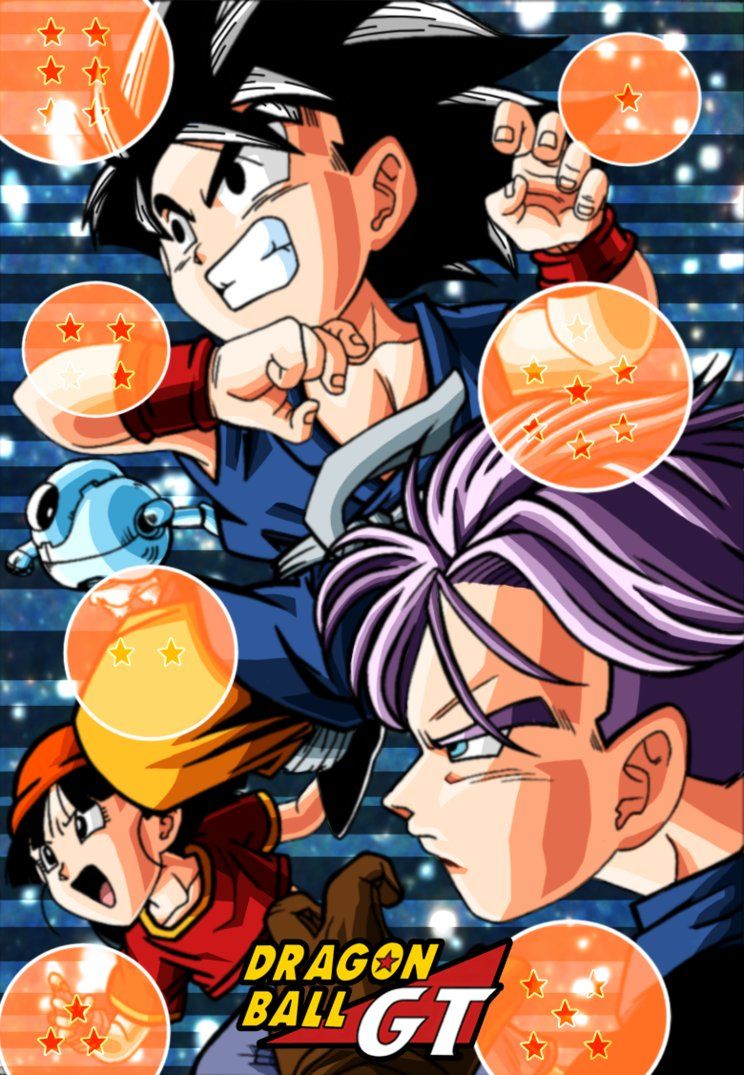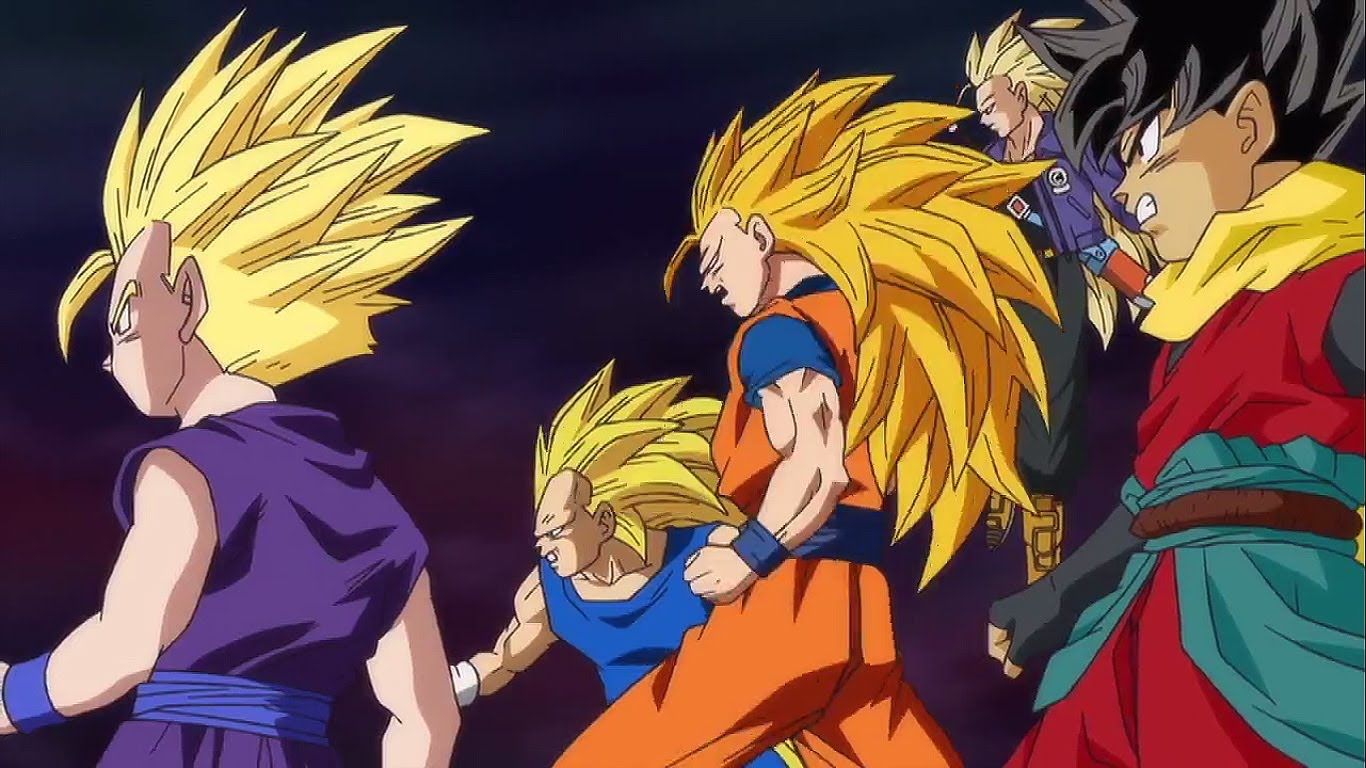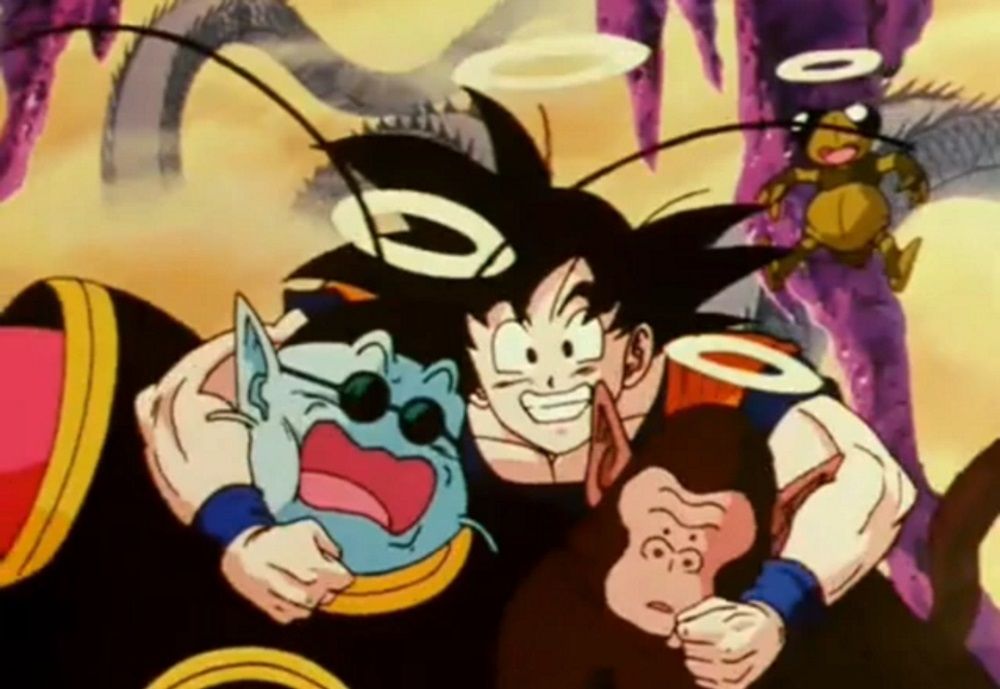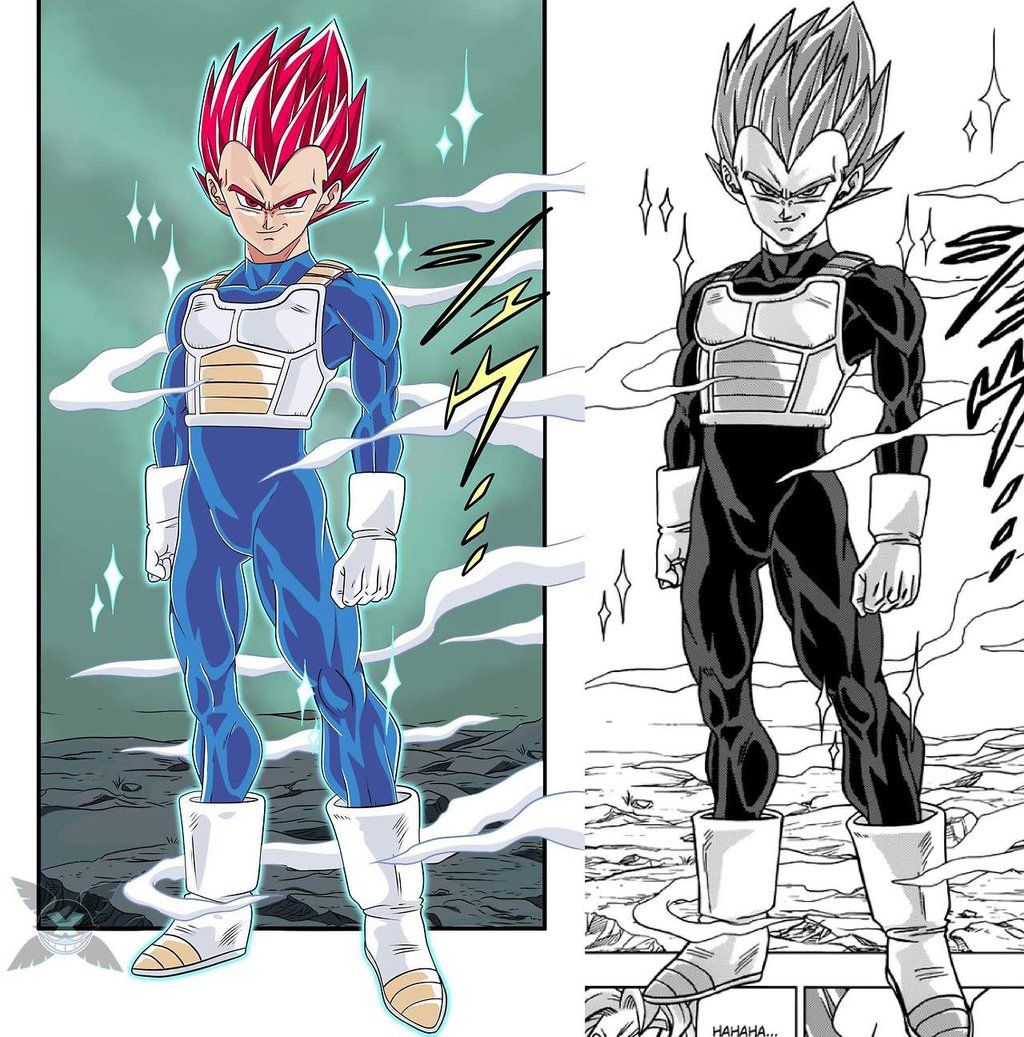Believe it or not, Dragon Ball is 34 years old. Originally published in Shonen Jump from 1984 to 1995, the series lived on past its ending through its anime adaptation, anime sequel, multiple video games, and spin-offs. Before Super was even a thought in Akira Toriyama’s head, the Dragon Ball franchise was getting its fair share of content, and how could it not? Toriyama left a massive gap in-between Majin Buu’s defeat and the ending of the manga. With years of content to cover, it was only natural that the franchise would continue by filling in those blanks intentionally left behind by the author himself.
That’s exactly what Super sought to do. From Battle of Gods to the Tournament of Power, Dragon Ball’s revival has spent quite a lot of timing giving us a glimpse at the hidden decade. It’s more than likely the new film in December will also touch upon this era and fill in some previously unknown details. Even then, though, there’s still some time between the end of the Buu saga and the start of Dragon Ball Super. Whether it be events that occurred off-screen or simply spin-offs that Super fails to mention, there have been some truly crazy shenanigans behind the scenes.
25 Goku Got Bored
If there’s one thing Goku loves more than anything in life, it’s fighting. From the moment he meets Master Roshi to when he flies off with Uub at the end of Dragon Ball Z, Goku’s entire character arc centers around his love of martial arts and the lengths he’ll go to pursue any and every challenge thrust his way. This is directly referenced at the end of the original series when Goku mentions his boredom outright and Piccolo and Vegeta later both comment on Goku flying off to train Uub not because he wants to keep Earth safe, but because he’s chasing another thrill.
Boredom is a Saiyan's greatest enemy.
Goku’s boredom actually ends up being a major driving factor in Dragon Ball Super as he finds himself stagnating before the events of Battle of Gods. In a way, Super is a retcon as Goku clearly can’t be bored while fighting literal gods, but the anime does use his pre-established tedium rather well and even serves as a second spark for Goku’s love of martial arts. More importantly, the thrill of being back in action explains why Goku acts so recklessly for most of Super. He spent years bored out of his mind and he’s not about to throw away any opportunities.
24 Gohan And Videl Got Married
Despite being the one organic relationship Toriyama develops on-screen, we have never seen, and likely never will see, Gohan and Videl’s wedding. In the context of the original series, it does make sense why we wouldn’t see it. Akira Toriyama simply does not write romance. Goku and Chichi got together as a joke; Bulma broke up with Yamcha and got together with Vegeta off-screen; and Krillin’s idea of courting Android 18 is now blowing her up. This is a series that has elements of romance, but isn’t inherently romantic with the exception of Gohan and Videl.
What makes it odd that we never see it, though, is how much Toei loves placing the Dragon Ball cast into slice of life material. The best episodes of Dragon Ball Super are the filler-esque ones where the characters just goof off and interact with one another. On top of that, there have been Dragon Ball OVAs in-between the end of DBZ and the release of Super. One of those very easily could have been dedicated to Gohan and Videl’s wedding. It’s honestly quite baffling that Toei hasn’t capitalized on the subject matter yet. Maybe we’ll see it someday, but it’s unlikely Toei would want to dedicate their resources to cater to a specific portion of the fanbase looking to see Gohan get married on-screen.
23 Vegeta Reunited With His Brother
If you haven’t heard about the Jump Super Anime Tour special, Dragon Ball: Yo! Son Goku and His Friend Return!!, I won’t hold it against you because it’s a rather obscure piece of Dragon Ball media these days, but you’re seriously missing out. Two years after the end of the Buu arc, Mr. Satan gathers the main cast together for a little party. It’s a rather tame premise that centers itself more on paying tribute to the series’ comedic roots even going so far as to include old characters and designs for the cast as an homage. More importantly, though, this special introduced Vegeta’s brother.
Tarble, a Prince of all Saiyans, lands on Earth and shenanigans ensue. Hilariously, Tarble is almost nothing like Vegeta. Where the older brother is rash and standoffish, Tarble is a polite young man who’s just happy to be present. The contrast between the two brothers drives most of the special and even serves as a way to highlight on the character development Vegeta’s gotten over the series. Best of all, the Battle of Gods film even references Tarble, meaning the JSAT special was canon until the Super anime superseded the film and cut Tarble’s reference.
22 The Events Of Neko Majin
Unless you’re a big fan of Akira Toriyama’s body of work or simply a Dragon Ball super fan, chances are you haven’t heard of Neko Majin and Neko Majin Z. Written a few years after the end of Dragon Ball’s serialization by the master, himself, Neko Majin was a parody manga that specifically lampooned all the shenanigans found in Dragon Ball. For the first few chapters, this meant poking fun and referencing the series in cute ways. For the last few, it meant actually touching base with the main cast following the events of the Buu saga.
Neko Majin could probably defeat Beerus if he wanted to.
For a very long time, Neko Majin was the only way fans could get a glimpse at a post-Buu Dragon Ball penned by Toriyama. Dragon Ball GT had already existed by this point, but Toriyama notably hadn’t worked on the anime. Neko Majin had its titular character meet Saiyans; turn Super Saiyan; fight Vegeta; meet Majin Buu; and even train under Goku. There’s also a chapter where Neko Majin meets s Frieza’s son, Kureeza. The series is most definitely not canon considering how it contradicts Super and is quite ferociously a gag manga, but it’s nonetheless a nice reminder of the type of Dragon Ball content that appeared between Dragon Ball Z and Dragon Ball Super.
21 Krillin Got Ridiculously Weak
Krillin deserves so much better than modern Dragon Ball gives him. Though he formally retires as a martial artist by the end of the original series, it was clear that he never got so pitifully weak that he couldn’t put up a fight. His last battle in the entire series is a throwaway match in the 25th Budokai, but it nonetheless shows just how much of a force not to be reckoned with he is. After all, this is a monk who dedicated his entire life to the study of martial arts. It’s only natural that he end the series relatively high on the totem.
Not according to Super, though. Inbetween Dragon Ball Z and Dragon Ball Super, Krillin stops training and gets horrendously weak. It gets so bad that he even gets damaged by a bullet, something that couldn’t even hurt a young Goku. By the time Frieza invades in Resurrection F, Krillin even shows hesitation in the face of the tyrant. It’s understandable considering the psychological baggage he holds regarding Frieza, but it feels off. Krillin is stronger than that, both physically and mentally. Or at least he was. Where Krillin became inexplicably, however, another character became inexplicably strong…
20 Roshi Trained Offscreen Like A Mad Man
At some point between Buu’s defeat and Frieza’s resurrection, or perhaps even during the course of Dragon Ball Z, Master Roshi trained in secret to keep up with his pupils and even managed to surpass Yamcha. By the time the Tournament of Power hits, Roshi is arguably the strongest Earthling in Universe 7’s team. It’s all very strange. Not just because Roshi’s arc ended with him passing on the torch to the next generation and retiring, but because of how sudden it is. Out of nowhere in Resurrection F, it’s revealed that Roshi wasn’t actually ready to pass on the torch.
This is, in many ways, a reversal of what happened with Krillin. Both situations belittle the characters’ overall arcs, but Roshi’s actually does so in a way that would appease the casual fan. It’s a way of making a character relevant again at the expense of their arc. It also brings with it some unfortunate implications. If Roshi trained enough to go head-to-head with Frieza’s army, he would have undoubtedly been a serious asset against Raditz and Nappa is he never stopped training in Dragon Ball. He may have even been a massive help on Namek. These are not scenarios meant to be thought upon, however. Simply enjoy Roshi’s new strength and ignore the complete destruction of his character arc.
19 Goten And Trunks Fought Remnants Of Frieza’s Army
The JSAT special wasn’t just about Vegeta reuniting with his brother Tarble; it was also about two members of Frieza’s army invading Earth for revenge. Unfortunately for them, they’re so outclassed by this point in the series that Goku and Vegeta don’t even bother fighting them. Instead, they send Goten and Trunks to do the job since handling the situation themselves would be overkill and, quite frankly, not very fun to watch. Before Resurrection F was ever a thought in Akira Toriyama’s head, Frieza’s army was already back on Earth looking for some good ol’ payback.
Eat your heart our, Resurrection F. This plot's been done.
As to be expected from a special focused on Dragon Ball’s comedic elements, Goten and Trunks handle themselves rather well. Abo and Kado, totally outmatched by the two half-breeds, end up fusing into Aka, forcing Goku and Vegeta to join the fight. At that point, though, it’s more of a game to see who’ll defeat Aka first for the two rivals with nothing really at stake. Just like in Resurrection F, Vegeta misses his chance at victory and Goku swoops in to secure the win. It’s almost scary just how similar the JSAT special is to the film, especially considering the fact that it’s technically canon in the movie continuity. No wonder Goku was so relaxed when facing Golden Frieza; he’s used to this.
18 Future Trunks Handled Majin Buu All On His Own
Future Trunks taking on Majin Buu in his own timeline isn’t exactly a secret, but a lot of the specifics of the situation are unfortunately glossed over in the anime. Majin Buu was an antagonist who got an entire arc dedicated to him in the original series. Not only that, he was the focus of the last major arc. Even if Dragon Ball outgrows him, his importance cannot be understated. In that sense, it’s very weird that Trunks’ conflict with Buu is so vague. Kaioshin trains him; he manages to defeat Dabra; and Buu never wakes up. Thankfully, the anime actually fleshes all those little details out.
Not only does Kaioshin train him with the Z-Sword, he even makes Trunks his apprentice. Kaioshin ends up giving his life to stop Dabra and Trunks ends up taking him on with the Z-Sword, but Dabra petrifies it, shattering the blade and ending the Elder Kaioshin’s life as a result. The deaths of Kaioshin and Kibito cause Trunks to trigger into Super Saiyan 2, giving him the power he needs to defeat Dabra. He actually manages to take out both Dabra and Bobidi together meaning that Buu’s cocoon is never hatched. It’s a shame the anime didn’t go into more detail, because a whole episode of Trunks stopping Buu before he even gets revived would have made for a phenomenal 22 minutes.
17 Gohan Stopped Training (Again)
You’d think Gohan would have learned his lesson after the Buu saga. Despite spending an entire arc dealing with the fallout of not training, Super does what it does best and negates Gohan’s character arc for no real reason other than because it can. Between the end of Dragon Ball Z and the start of Dragon Ball Super, Gohan falls back into old habits and stops training. By Resurrection F, he can no longer use his Ultimate state and has even lost his gi, forcing him to fight Frieza in a tracksuit. It’s embarrassing, derivative, and does nothing for the character.
Truly, Gohan should have learned his lesson. Gohan did learn his lesson! His character arc in the Buu saga is explicitly about learning this lesson, but the writers don’t know how to write Gohan unless life’s an uphill battle for him. He is the character with the most potential in the series, but you wouldn’t know that by just watching DBS. In fact, you’d probably just think of him as Goku’s weird, inconsistently written son who shows up every now and again. The Tournament of Power pushes him in the right direction, but who knows if that’ll last. When Dragon Ball comes back, let’s hope Gohan doesn’t go through the same character arc again. Again.
16 Vegeta Went Back On His Character Development
Gohan’s not the only character who goes back on his character development. Vegeta, too, ends up regressing inbetween DBZ and DBS. Unlike Gohan, however, Vegeta is arguably in a much worse position since he’s Super’s deuteragonist. At the end of Dragon Ball Z, Vegeta acknowledges Goku’s superiority over him and officially ends their rivalry in the Buu saga. Goku has always been stronger, will always be stronger, and Vegeta’s actually okay with that. This is a massive moment for him that shows just how much he’s grown and allows him to establish himself as his own Saiyan free of Goku’s shadow.
Vegeta's just not Vegeta is he isn't freaking out about Goku.
Until Battle of Gods. Vegeta clearly must have changed his mind on developing as a character, because Dragon Ball Super pretends like this conversation never happened. If anything, their rivalry is way more intense than it’s ever been with the two actually being equals for once. It makes for a nice dynamic, but it’s at the expense of a phenomenal arc. Even worse, the Tournament of Power acts like Vegeta’s never been a team player until the Universe Survival arc and treats his character “development” like brand new material when it’s all derivative of content in the Buu saga. Vegeta regressed so he could have the exact same character arc all over again.
15 Goten And Trunks Stopped Growing
You know what’s weird? Trunks in Dragon Ball Super is the exact same age as, if not actually a bit older than, Future Trunks from the History of Trunks TV special. Despite this, present Trunks looks even younger than he did in Dragon Ball Z when he should look like a proper teenager. In general, everyone looks a lot younger than they should throughout Dragon Ball Super. The end of Z firmly established that there would be character redesigns, but DBS ignores that in favor of a cutesy, familiar aesthetic. You can’t cash in those sweet fan service checks if everyone looks different, after all.
It’s disappointing because fans want these characters to grow up, Goten and Trunks especially. They didn’t have much in the way of arcs at the end of DBZ so ageing them up visually may spark some natural story lines for the two. Unfortunately, they’re not just physically stunted, they’re emotionally stunted. Even though they’re teens, they act like little kids. They act even younger than Gohan during the Cell Games, and they’re actually older than he was! Dragon Ball has a timeline and it has never shied away from redesigning its cast. Going forward, the series absolutely must allow Goten and Trunks to grow.
14 Bardock Became A Super Saiyan (Read: Became The Victim Of Fan Service)
In the great Dragon Ball drought that occurred during the era known only to fans as “Literally Everything Between Dragon Ball GT and Battle of Gods,” Bardock starred in his own spin-off titled Episode of Bardock. This special focused on Bardock somehow being sent back in time by the blast that destroyed Planet Vegeta and finding himself on an unevolved version of his home world. There, he befriends the inhabitants; fights Frieza’s progenitor; and turns into the legendary Super Saiyan, thus creating the prophecy his son would fulfill thousands of years in the future.
Allowing Bardock to turn Super Saiyan utterly ruins the point of his character.
It’s very dumb to say the least. Not only is Bardock hideously out of character, making him the first Super Saiyan takes away from the pathos of his character. He’s a nobody and his life is meaningless. He’s the main character’s father, but that doesn’t matter because he’s an awful person who does absolutely nothing against Frieza. His life is a tragedy from start to finish and that’s what makes him compelling. Redeeming him and giving him the SSJ transformation only hinders him as a character and the overall legacy of the franchise. Episode of Bardock is, at the very least, non-canon, but that doesn’t exempt it from the criticism is very much deserves.
13 Toriyama Changed His Artstyle
Akira Toriyama has, simultaneously, one of the most recognizable art styles in manga. Just one look at the man’s body of work and you’ll see a consistent quality that evolves over time without losing its central identity. As an artist, Toriyama has a clear mastery of his craft that just about anyone can recognize and pick out. Except for some Dragon Ball fans. One of the biggest complaints lobbed at Dragon Ball Super is the art shift. Dragon Ball Z was known for its beefy men and mature aesthetic. Super, by comparison, looks downright cartoonish. This isn’t a new trend, though, as Toriyama was constantly changing his art style, even while writing Dragon Ball.
While not exactly comparable to Super’s approach, Dragon Ball did begin with a rounder, more kid friendly art style. It actually wasn’t until Goku turning Super Saiyan for the first time that the art became noticeably sharper and stayed that way for the remainder of the series. Once Z ended, however, Toriyama went back to his rounder, less defined style. If you look at any one-shot he wrote after the end of Dragon Ball’s serialization, you’ll notice just how “youthful” the art feels. Characters like Goku look much younger and there’s a lighter feel to his designs. Super just followed suit and took after Toriyama’s new style.
12 A Fan Comic Introduced Multiverses Years Before Super Would
The introduction of multiple universes in Dragon Ball Super greatly opened up the world of Dragon Ball to new possibilities. In one fell swoop, Goku was not only not the strongest man in his universe, he may not even be in the top ten all things considered. The concept was an inspired one that every single original arc in the Super anime took advantage of. Funnily enough, the concept itself actually isn’t very original. Fans have been discussing multiple universes in the franchise for years, but a fan comic actually put the idea to the test.
In 2008, Dragon Ball Multiverse launched as an unofficial sequel to the Dragon Ball manga. Some time after Goku flew off to train Uub, our heroes are recruited to participate in a multiversal tournament. Unlike Super’s approach where each universe is original, Multiverse’s universes are actually alternate timelines where the main characters face off against alternate versions of themselves. In many ways, Multiverse’s tournament is almost a precursor to the Tournament of Power. At the very least, it’s the “obvious” approach to multiple universes in Dragon Ball while Super takes on a more creative approach all around. Either way, Multiverse did it first and it’s still ongoing!
11 Goku Cameoed In Dr. Slump
No piece of Toriyama media is complete without a cameo from another work. Dragon Ball had Goku visiting Penguin Village from Dr. Slump for a few chapters and the Dr. Slump anime remake had Goku passing by for a short episode. The episode is really little more than a reiteration of what occurred when Goku stopped by Penguin Village back in Dragon Ball, but it’s nonetheless worth noting considering this was the first time the character was seen in animation again after the end of Dragon Ball GT.
The series had been long over, and even ended on a rather disappointing note, but Goku as a character never really lost his relevance. GT did quite a bit in damaging the series’ overall reputation, at least on the anime side of things, but that doesn’t mean people would suddenly turn on Goku. His cameo in Dr. Slump is simple, but it’s there because people love the character and want to see him. The time period between the end of Z and the start of Super was certainly hit-or-miss, but there were memorable moments for the series where the characters got the respect they deserved. The Dr. Slump remake definitely isn’t perfect and might not be palatable for DB’s more casual fans, but the cameo is worth looking into for no other reason than getting a glimpse at an era that needed cameos to show off Dragon Ball’s cast.
10 GT Became The Anime’s Official Sequel
Dragon Ball Super is not a sequel to Dragon Ball Z. It is either a sequel to the Dragon Ball manga or a sequel to Dragon Ball Kai. Tonally and narratively, it cannot coexist in the same universe as the Dragon Ball Z anime. It also doesn’t help Super’s case that Dragon Ball GT is the actual, official sequel to Dragon Ball Z. Not only does Dragon Ball Z’s ending immediately, and literally, tie into the first episode of GT, (something that doesn’t occur in the manga by any means,) GT uses much of the same lore established in Dragon Ball Z’s filler while Super mostly only uses what Toriyama established in the manga.
You can take the GT out of Dragon Ball, but you can't take the Dragon Ball out of GT.
The biggest tell that GT is the sequel and Super isn’t is how Hell is handled. In DBZ, Hell is retconned into a sort of lounge where all the villains hang out after life. GT follows this idea in the Super 17 saga where Dr. Gero and Dr. Myuu team up in Hell to take down Goku. In Super, Hell is personalized for every person and in-line with the manga’s notion that Hell is simply a place where souls get cleansed for reincarnation. This is a major plot point in both Resurrection F and the Universe Survival arc making the Super anime incompatible with the Z anime.
9 Dragon Ball Heroes Happened And Never Stopped Happening
The Dragon Ball drought was a dark time, but it was a dark time that needed to make money, and what better way to make money than to capitalize on all those Japanese children hanging out at arcades? Designed as a way to keep the franchise alive while literally nothing major happened with it for years, Dragon Ball Heroes is likely the way many Japanese children got introduced to the series for the first time, at least before Dragon Ball Kai. Accessible, colorful, and with physical cards to collect, DBH was a clever way of marketing the brand while offering something interesting in return.
Dragon Ball Heroes will outlive us all.
The thing is, while the series did end up getting a revival through Kai and then later Super, Dragon Ball Heroes never really went away. In fact, it’s still getting meaty updates. On more than one occasion, it’s actually spoiled the Super anime as well. What’s perhaps most interesting about DBH is the fact that it’s the only piece of Dragon Ball media keeping GT alive. It regularly uses Super Saiyan 4 for the characters and throws GT characters into the mix. Without DBH, GT wouldn’t even be a blip on the map. One thing’s certain, though, Dragon Ball Heroes is here to stay.
8 Dragon Ball Kai Aired, Got Canceled, And Then Got Uncanceled (Twice)
Dragon Ball Kai is, all around, a weird entity in the Dragon Ball franchise. Originally conceived as a “manga cut” of the anime with no filler, Kai quickly opened up with scenes from the Bardock TV special, immediately contradicting their claim that Kai would actually be a manga cut of DBZ. At the very least, the filler was cut for the most part until Namek came around. By the time the Cell saga was wrapping up, merchandise sales plummeted and the series was unceremoniously canceled amidst the controversy of Yamamoto’s plagiarism. That should have been the end of it, but like in the real Dragon Ball, Kai was revived.
What’s even weirder about Kai’s sudden revival is that two separate versions were made to cover the Buu saga. One specifically for Japan, and another for international audiences. The two versions had different episode counts, cut out different bits of filler, and had different ending and opening themes. In typical Kai fashion, Toei took the strangest way possible in covering the end of the series. At the very least, the revival allowed them to finish up Z’s “manga cut” with even more filler than before, transitioning it right into the start of their Super material.
7 The Dragon Ball Super Manga Released (Before The Anime!)
One of the most interesting tidbits about Dragon Ball Super is the fact that, in a rare reversal, the anime is actually ahead of the manga. Typically with adaptations, the anime comes out after and adapts what was covered in the manga for television. This is how it worked for Dragon Ball’s original run and many other anime serialized in Shonen Jump. Come Super, however, and the anime began as the main product with the manga as the adaptation. Kind of. While the anime is definitely the main product, the manga actually did come out first.
Sometimes adaptations come out first.
Where the Dragon Ball Super anime debuted on on Fuji TV on July 5, 2015, the release of the manga’s first chapter preceded the premiere by an entire month. It didn’t take long for the anime to overtake the manga in terms of content, of course, with the anime now done while the manga is just barely scratching the surface of the Tournament of Power, but it’s still a distinction worth noting. Even more interesting, the manga actually flew by the anime at one point by skipping Resurrection F, but, once again, it didn’t take long for the anime to maintain a considerable lead for the rest of its run. Only time will tell how the anime and manga’s relationship will work after the film drops.
6 Super Saiyan Blue Was Almost White
Super Saiyan Blue may never be as iconic as the original golden Super Saiyan transformation, but it has quickly made a name for itself within the franchise’s legacy. As a recolor of the first form, Blue can almost be seen as a replacement. It’s, by far, Goku’s most used form in Dragon Ball Super, and it was hyped up as the end all, be all transformation before Ultra Instinct came in and took that title. As far as the franchise is concerned, Blue is the new yellow. Surprisingly, it was actually almost white.
In an interview at the end of Dragon Ball Super’s first collected volume, Toriyama relayed the story of Toei asking him to design a new form for Resurrection F. Toriyama states that he decided on blue to contrast Super Saiyan God’s red, but quickly corrects himself and says that he actually intended the form to have white hair. Upon thinking on the color more, however, Toriyama switched over to the blue as white could ultimately clash with the design of the “next villain.” It’s hard to believe that what’s now one of the series’ most iconic forms was originally intended to be white. Even more alarming is the fact that Toriyama had the next villain planned as early as Resurrection F…

